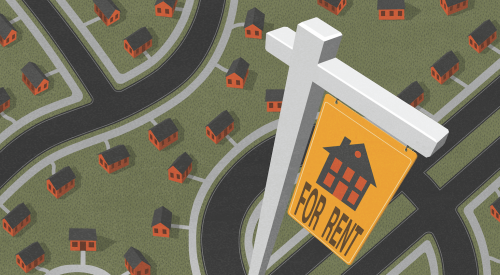| Heather McCune
|
Read the paper, watched CNN or listened to the radio lately? If you have you know the news. Five thousand laid off at Company X, 10,000 at Company Y and few hundred more at Company Z. A slew of profit warnings from CEOs that sales and earnings won't meet expectations. A Wall Street correction has effectively extended the working career of most Americans with a 401K or stock portfolio. It's a daily dose of enough bad news to make even the most optimistic pessimistic.
This steady diet of news about an economy gone soft has created a case of national nervousness that has some predicting, as Chicken Little once did, “the sky is falling!” In that classic children’s story, the misadventures of Chicken Little lead the lovable little hero to the only possible conclusion—the sky is falling. If you can still recall the story, you know just how wrong Chicken Little turned out to be.
What I can't help but wonder is this: Are we as an industry too much like Chicken Little? Do we look at economic indicators and accept that because the stock market is off 20 percent from its high, that because the list of layoffs in the tech sector grows each day, that because sales and earnings projections (built off last year's performance) aren't meeting expectations that the home building must follow?
Now I'll say up front that I am not an economist. What I do understand is numbers, and housings numbers tell a story very different than that of the general economy. Take a look.
Let's start with that basic measure of sector health, housing starts. In 2000, by all measures a very good year for home builders, total starts numbered 1.59 million, with single family making up 1.26 million and multi-family the rest at 330,000. Now let's engage in a little game economists like to call forecasting. This year total starts are projected at 1.53 million and in 2002 that number jumps to 1.6 million.
Wait you say, home building is a market-by-market business. Okay, let's look at the regional numbers. In the Northeast, 151,000 homes were started in 2000. Projections for this year and the next are for 145,000 and 148,000, respectively. In the Midwest the numbers break down as follows: 329,000 starts in 2000, 298,000 this year and 312,000 in 2002. In the South, the hot bed of home building, 723,000 homes were started in 2000. Forecasters predict 714,000 and 755,000 starts there this year and in 2002. In the West, starts follow the same pattern: 389,000 in 2000, 376,000 in 2001 and 385,000 in 2002.
What do these figures suggest? A recession? Hardly. A slump? No. This data may suggest a modest correction, but that is not a realistic picture either. Let's look at one more important set of numbers—residential construction spending.
Just as interesting as the dollars spent, is the percentage change year over year. This year total residential construction spending is expected to be off 0.8% from last year. In 2001 total spending is expected to spike 6.1%.
What I think these numbers provide—in fact what this entire issue on housings' GIANTS provides—is some much-needed perspective in the sea of bad news. Is the year ahead going to be as good as the one just past? Probably not, but taken in context, these are still healthy days for home building.
In any economy there will be ups and downs. The question isn't how up or how down, but rather, how prepared is an organization to capture the new market opportunities that occur throughout an economic cycle. There will be Chicken Littles ready to say the sky is falling and use the current economy as a reason for inaction. Then there will be those companies that capitalize on the Chicken Littles. Which organization will yours be?












